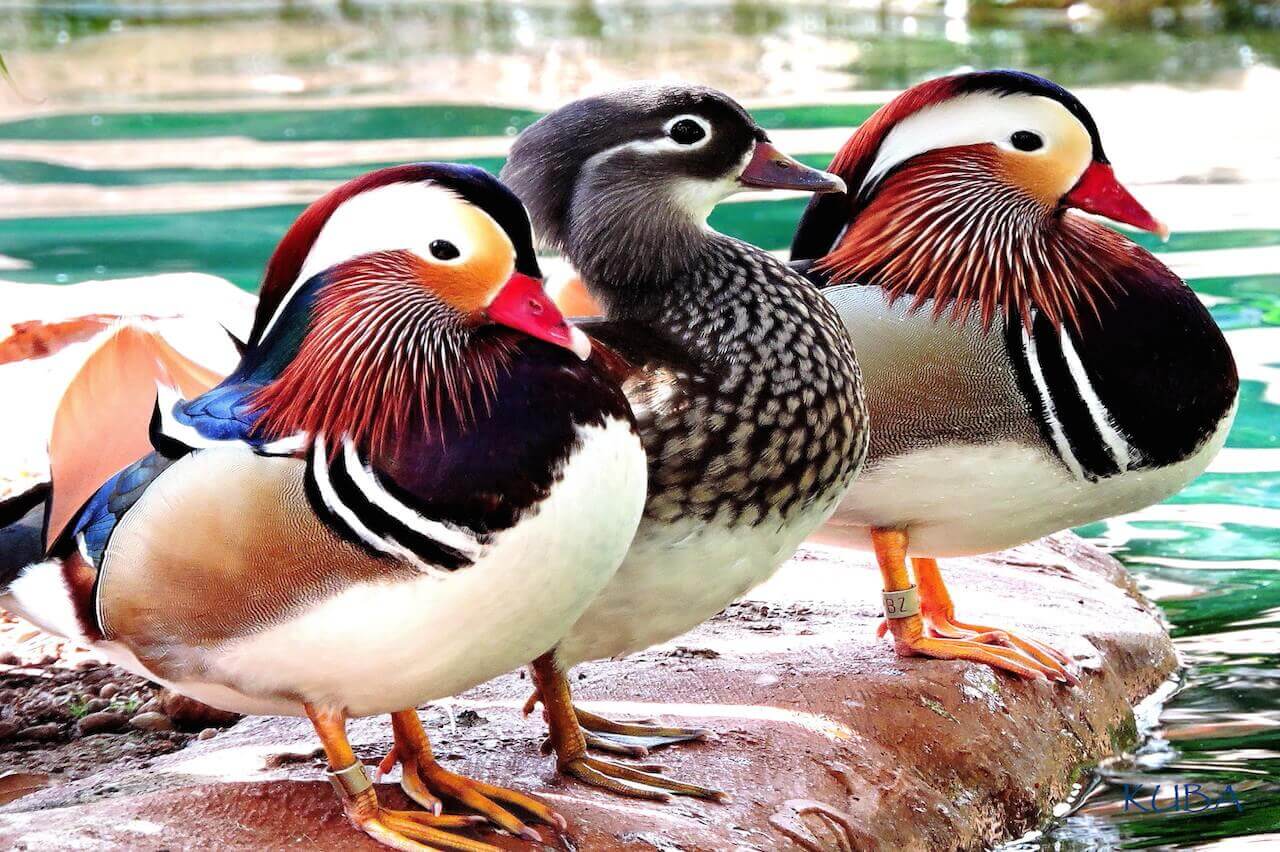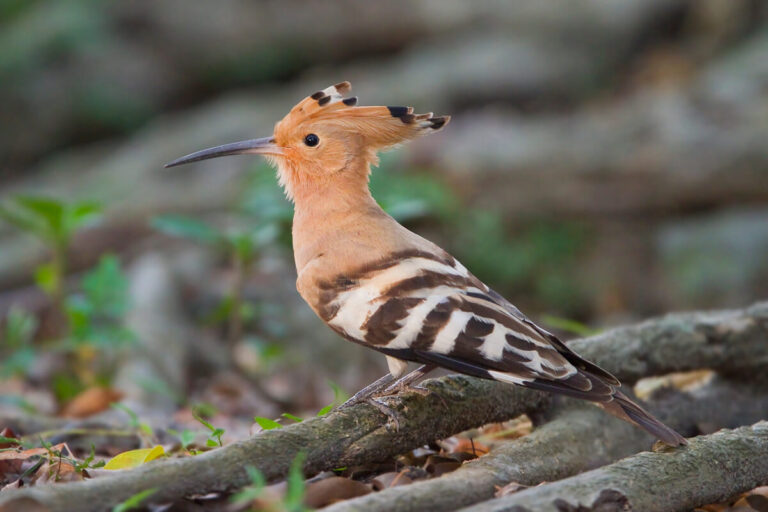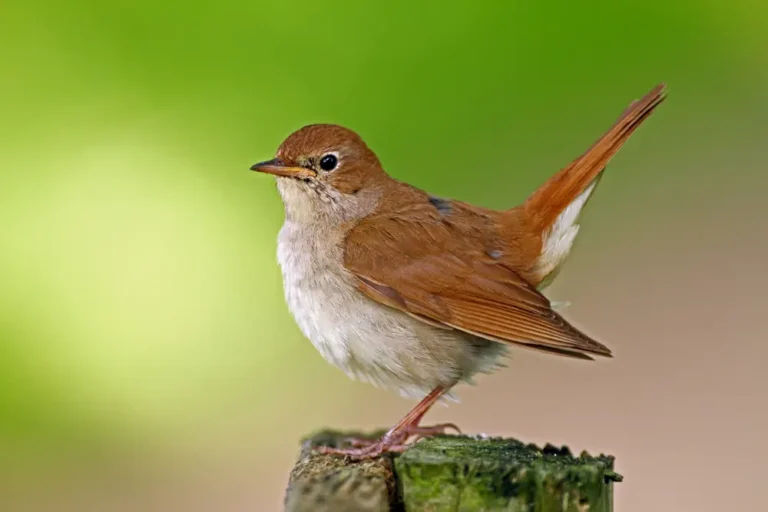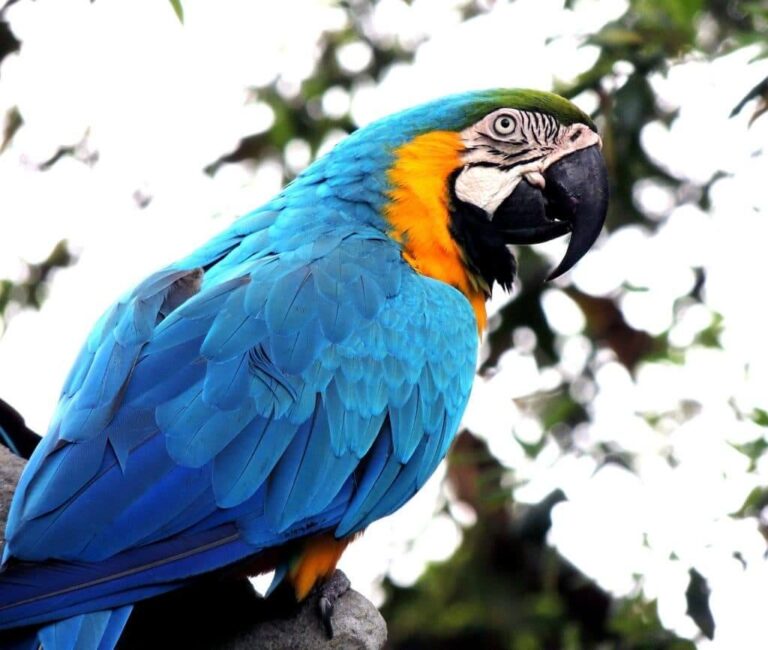Mandarin Duck: An In-Depth Exploration of a Stunning Waterfowl
The Mandarin Duck (Aix galericulata) is one of the most beautiful and exotic-looking waterfowl species in the world. Known for its vibrant plumage and unique characteristics, it has captured the fascination of bird enthusiasts and nature lovers alike.
In this article, we will dive deep into its scientific classification, physical features, habitat, behavior, diet, reproductive habits, evolutionary history, and relationship with humans, among other fascinating aspects.
Contents
Scientific Classification
- Kingdom: Animalia
- Phylum: Chordata
- Class: Aves
- Order: Anseriformes
- Family: Anatidae
- Genus: Aix
- Species: Aix galericulata
The Mandarin Duck belongs to the Anatidae family, which includes other waterfowl like ducks, swans, and geese. The genus Aix also includes its close relative, the North American wood duck (Aix sponsa).
Physical Characteristics

The Mandarin Duck is renowned for its striking appearance, particularly in males.
- Size: Males and females are similar in size, measuring between 41–49 cm (16–19 in) in length, with a wingspan of around 65–75 cm (25–30 in).
- Weight: They typically weigh between 400–700 grams (0.88–1.5 lbs).
- Plumage:
- Males: Males are noted for their vibrant, multicolored feathers. Their head is crowned with a crest of iridescent green, purple, and copper colors. They have distinctive orange “sail” feathers that fan out from their back.
- Females: Females are more muted, with a grayish-brown body and a white eye-ring, often resembling other species like the wood duck.
- Beak: The male has a bright red beak, whereas the female’s beak is more subdued in color.
Habitat
Mandarin Ducks are native to East Asia, particularly in countries like China, Japan, and Korea. They prefer wooded wetlands, rivers, lakes, and marshes, where they can nest in trees close to water bodies. During the breeding season, they favor quieter areas with an abundance of trees.
- Range: Their natural range is Eastern Asia, but populations have been introduced in parts of Europe, including the UK, and even in North America.
- Migratory Patterns: In colder regions, Mandarin Ducks are partially migratory, often moving to more temperate areas during winter.
Mandarin Ducks are relatively shy and elusive birds, often remaining hidden in their wooded wetland habitats. However, during mating season, the male becomes highly visible due to his bright colors and elaborate courtship displays.
- Social Structure: They are generally monogamous, with pairs staying together for several breeding seasons. Outside of the breeding season, they can be seen in small flocks.
- Courtship: The courtship ritual of Mandarin Ducks is a captivating display, with males showcasing their plumage through intricate dances, head bobbing, and wing flapping.
Diet
Mandarin Ducks are omnivores, feeding on a variety of foods depending on the season.
- Summer: In the warmer months, they feed primarily on seeds, grains, acorns, and small aquatic plants.
- Winter: In colder months, their diet shifts more toward small aquatic animals like insects, snails, fish, and amphibians.
- Feeding Habits: They are dabbling ducks, meaning they tip forward to feed on the surface of the water or land rather than diving for food.
Reproduction
The breeding season of the Mandarin Duck is from April to May.
- Nesting: Females typically nest in tree cavities, sometimes up to 30 feet above the ground, near water sources. After mating, the female lays between 9 to 12 eggs.
- Incubation: The eggs are incubated for about 28 to 30 days solely by the female. The male leaves shortly after the female begins incubating the eggs.
- Ducklings: Once hatched, ducklings are led to water by their mother, sometimes having to leap from the high nests. Despite the fall, they are relatively unharmed and can swim immediately.
Predators and Threats
Mandarin Ducks face several natural predators and threats:
- Predators: In the wild, their primary predators include foxes, raccoons, large birds of prey like hawks and eagles, and even domestic cats and dogs in some introduced regions.
- Human Impact: Habitat loss due to deforestation and wetland drainage is a significant threat. The introduction of non-native species like the mallard can also lead to competition and hybridization, diluting the unique characteristics of the Mandarin Duck.
- Climate Change: Changes in weather patterns can also affect their breeding and migratory behaviors, making them more vulnerable to environmental changes.
Conservation Status
According to the International Union for Conservation of Nature (IUCN), the Mandarin Duck is currently listed as “Least Concern.” However, habitat destruction in their native regions could pose a threat to local populations in the future. Conservation efforts focus on preserving wetland habitats and preventing further destruction of their breeding grounds.
Interesting Facts
- Symbolism: In Chinese culture, Mandarin Ducks are symbols of love, fidelity, and marital happiness. Pairs are often depicted in traditional artwork as a symbol of loyalty and affection.
- Flight: Despite their relatively small size, Mandarin Ducks are strong fliers and can reach impressive speeds in the air.
- Adaptation to Urban Areas: In introduced populations, such as in London’s parks, they have adapted well to human presence and are frequently spotted in city ponds and gardens.
- Hybridization: In some regions, Mandarin Ducks have been known to hybridize with other duck species, particularly mallards.
Evolutionary History
The Mandarin Duck has a close evolutionary relationship with the North American wood duck, sharing a similar body structure and ecological niche. Their separation likely occurred during the Pleistocene epoch, as the two species adapted to their respective regions (East Asia and North America).
Their bright plumage, particularly in males, is thought to have evolved through sexual selection, with females choosing the most colorful and striking males as mates.
Relationship with Humans
Humans have admired Mandarin Ducks for centuries, particularly in Asia, where they are often kept in captivity for ornamental purposes in private gardens. Their beauty has also made them a popular subject in art, folklore, and even wedding traditions in some cultures.
While they are not commonly hunted due to their rarity and beauty, Mandarin Ducks are still at risk from habitat destruction and the introduction of competing species. Conservation efforts and breeding programs have been put in place in certain regions to ensure their continued survival.
Conclusion
The Mandarin Duck is a stunningly beautiful and ecologically important species with a fascinating evolutionary history and a strong cultural connection to human societies. Though not currently endangered, efforts to protect its natural habitats and populations are crucial for ensuring this vibrant species continues to thrive in the wild. Whether you encounter them in their native woodlands of East Asia or as a striking presence in urban parks, the Mandarin Duck remains one of nature’s most exquisite birds.
- Golden Retriever Pros and Cons: What Every Pet Parent Should Know - 15 September 2025
- Cane Corso Dog Breed: Health, Care, and Lifespan - 14 September 2025
- Catahoula Leopard Dogs: Description, Temperament, Lifespan, & Facts - 21 July 2025







